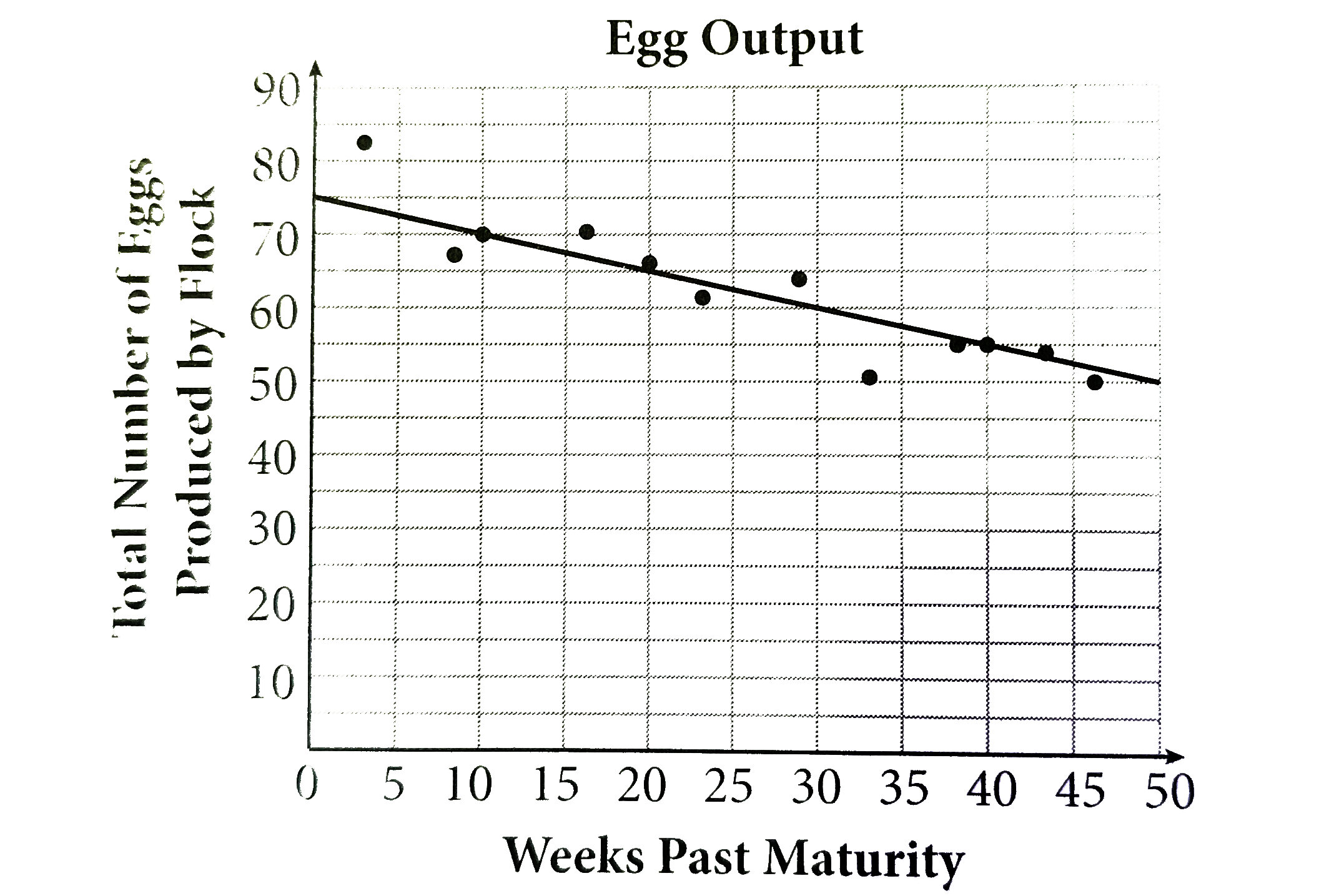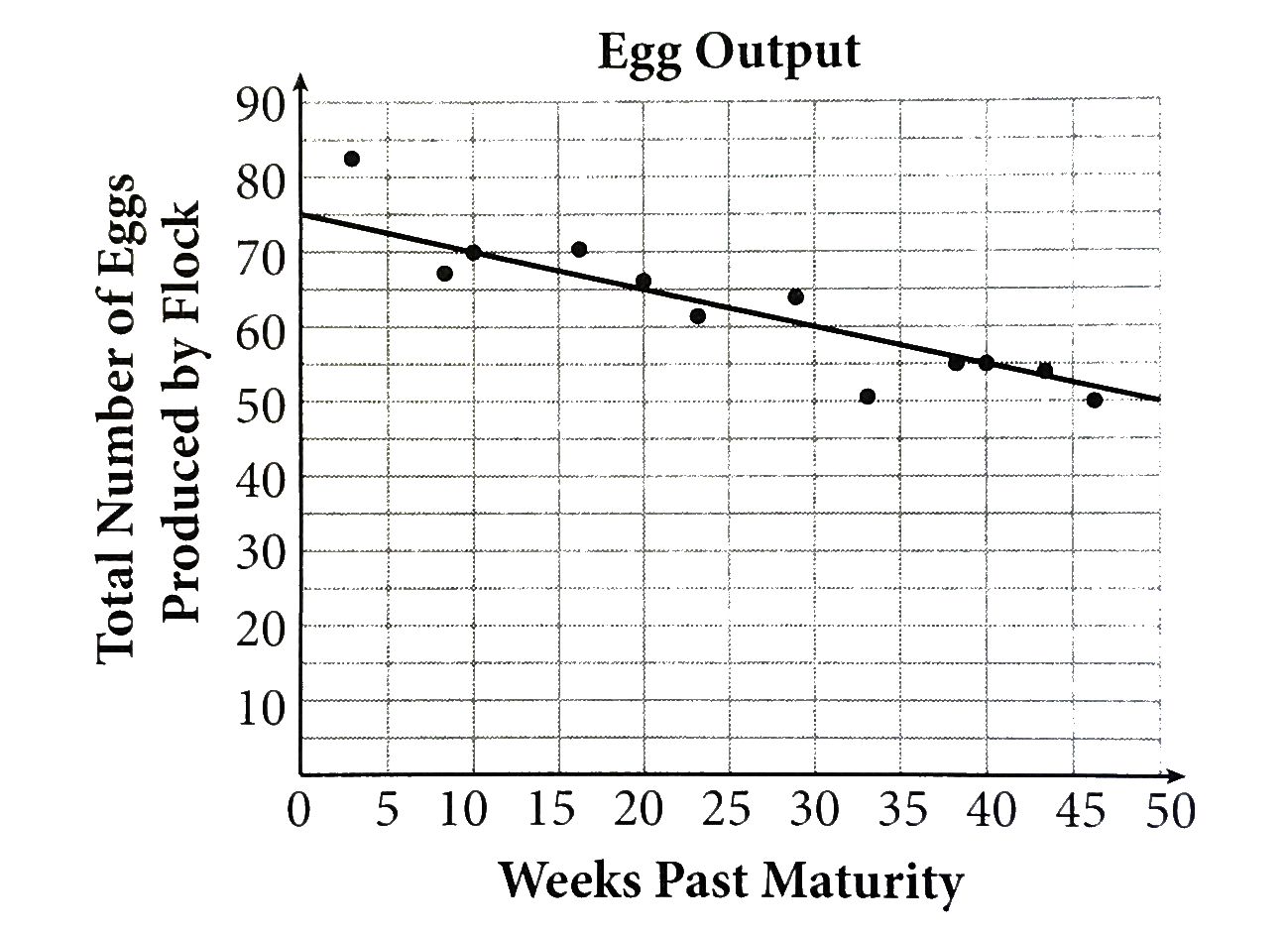The chances of contracting bird flu from a properly cooked (above 100∘C) chicken and egg are
very high
high
moderate
none
The correct Answer is:D
To solve the question regarding the chances of contracting bird flu from properly cooked chicken and eggs at a temperature above 100°C, we can follow these steps:
1. Understand Bird Flu: Bird flu, or avian influenza, is caused by the influenza virus, which can infect birds and, in some cases, humans.
2. Temperature Sensitivity of the Virus: The influenza virus is known to be resistant to temperatures around 70 to 74°C. This means that at these temperatures, the virus may not be effectively killed.
3. Cooking Temperature: The question specifies that the chicken and eggs are cooked at a temperature above 100°C. This temperature is significantly higher than the threshold (70-74°C) where the virus can survive.
4. Effect of High Temperature: Cooking food at temperatures above 100°C is sufficient to kill the influenza virus. Therefore, if chicken and eggs are cooked properly at this temperature, the virus would be inactivated.
5. Conclusion: Since the cooking temperature exceeds the threshold necessary to kill the virus, the chances of contracting bird flu from properly cooked chicken and eggs at this temperature are effectively zero.
6. Select the Correct Option: Based on the analysis, the correct answer is that the chances of contracting bird flu from properly cooked chicken and eggs at temperatures above 100°C are none.
Final Answer:
The chances of contracting bird flu from properly cooked (above 100°C) chicken and eggs are none.
---
The chances of contracting bird flu from properly cooked (above 100°C) chicken and eggs are none.
Topper's Solved these Questions
- BOOK - NCERT FINGERTPS ENGLISHCHAPTER - STRATEGIES FOR ENHANCEMENT IN FOOD PRODUCTIONEXERCISE - ASSERTION & REASON15videos
STRATEGIES FOR ENHANCEMENT IN FOOD PRODUCTION
- BOOK - NCERT FINGERTPS ENGLISHCHAPTER - STRATEGIES FOR ENHANCEMENT IN FOOD PRODUCTIONEXERCISE - Strategies For Enhancement In Food Production151videos
STRATEGIES FOR ENHANCEMENT IN FOOD PRODUCTION
- BOOK - NCERT FINGERTPS ENGLISHCHAPTER - STRATEGIES FOR ENHANCEMENT IN FOOD PRODUCTIONEXERCISE - HIGHER ORDER THINKING SKILLS6videos
STRATEGIES FOR ENHANCEMENT IN FOOD PRODUCTION
- BOOK - NCERT FINGERTPS ENGLISHCHAPTER - SEXUAL REPRODUCTION IN FLOWERING PLANTSEXERCISE - Sexual Reproduction In Flowering Plants145videos
SEXUAL REPRODUCTION IN FLOWERING PLANTS
Similar Questions
Knowledge Check
- Question 1 - Select One
A boy aims a gun at a bird from a point, at a horizontal distance of 100 m. If the gun can impart a velocity of 500 m/sec to the bullet, at what height above the bird must be aim his gun in order to hit it ?
A400 m/sB200 m/sC800 m/sD256 m/s - Question 2 - Select One
Most chickens reach maturity and begin laying eggs at around 20 weeks of age. From this point forward, however, as the chicken ages,its eges its egg production decreases. A farmer was given a flock of 100 chickens (all of which were the same age) and asked to meaure daily egg output for the entire flock at random intervals starting at maturity until the chickens were 70 weeks old. The data are recorded in the scatteplot below and the line of best fit has been drawn.

Based on the line of bast fit, what is the predicted number of eggs that will be produced by the flock when it is 33 weeks past maturity ?A33B50C58D64
From a point 36 m above the surface of a lake , the angle of elevation of a bird is observed to be 30∘ and angle of depression of its image in the water of the lake is observed to be 60∘ . Find the actual of the bird above the surface of the lake .
View Solution(i) When a non-volatile solid is added to pure water it will
(a) boil above 100∘C and freeze above 0∘C
(b) boil below 100∘C and freeze above 0∘C
(c) boil above 100∘C and freeze below 0∘C
(d) boil below 100∘C and freeze below 0∘CView SolutionIn a zero-order reaction for every 10∘ rise of temperature, the rate is doubled. If the temperature is increased from 10∘C to 100∘C, the rate of the reaction will become
View SolutionMost chickens reach maturity and begin laying eggs at around 20 weeks of age. From this point forward, however, as the chicken ages,its eges its egg production decreases. A farmer was given a flock of 100 chickens (all of which were the same age) and asked to meaure daily egg output for the entire flock at random intervals starting at maturity until the chickens were 70 weeks old. The data are recorded in the scatteplot below and the line of best fit has been drawn.

How many times did the farmer's data differ by more than 5 eggs from the number of eggs predicted by the line of best fit ?View SolutionSarcomere is the unit of
(a) Contraction
(b) Relaxation
(c) Contraction and relaxation
(d) None of the aboveView SolutionComment of the similarity between the wing of a cockroach and the wing oi a bird. What do you infer from the above, with reference to evolution?
View Solution

